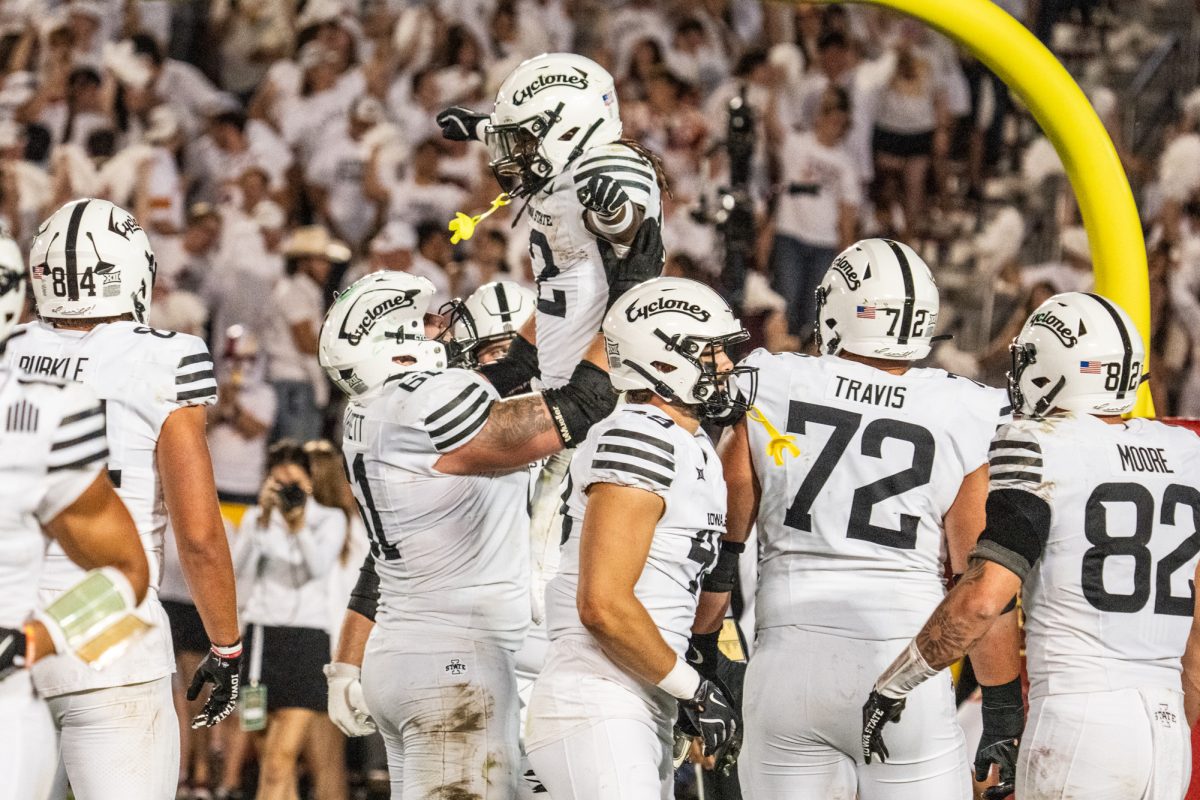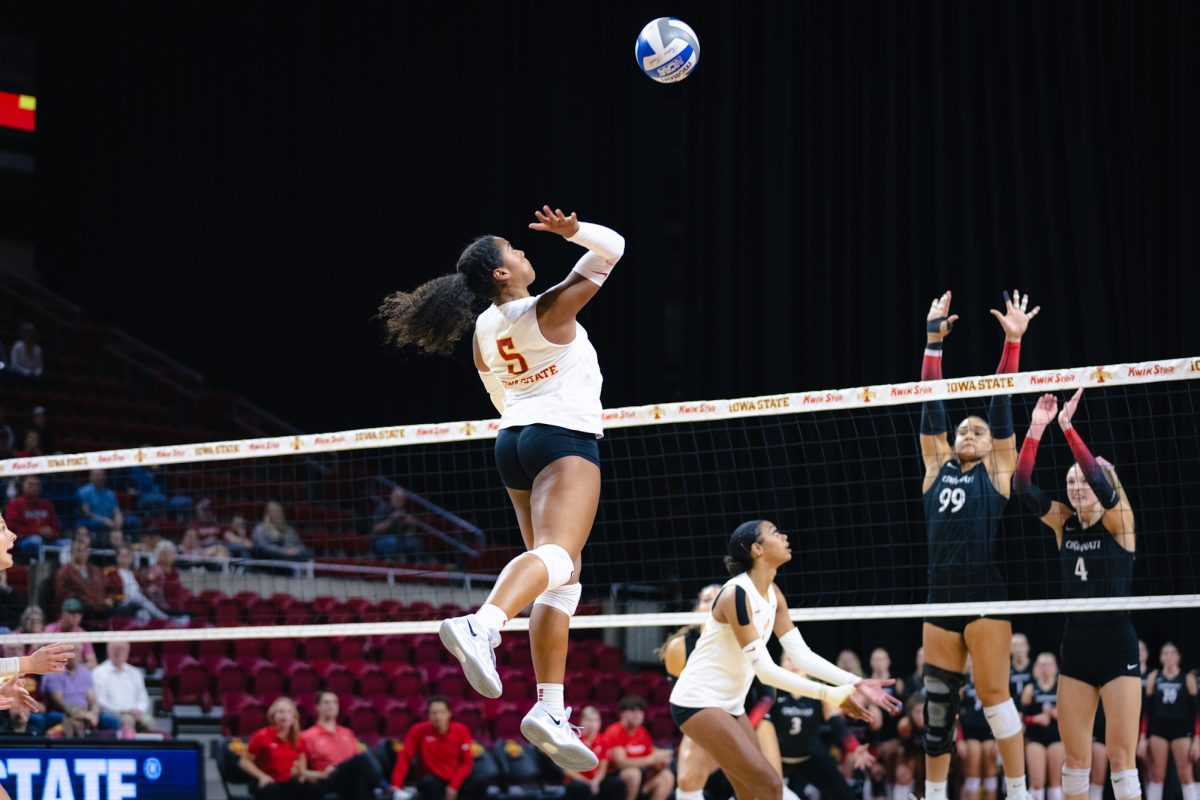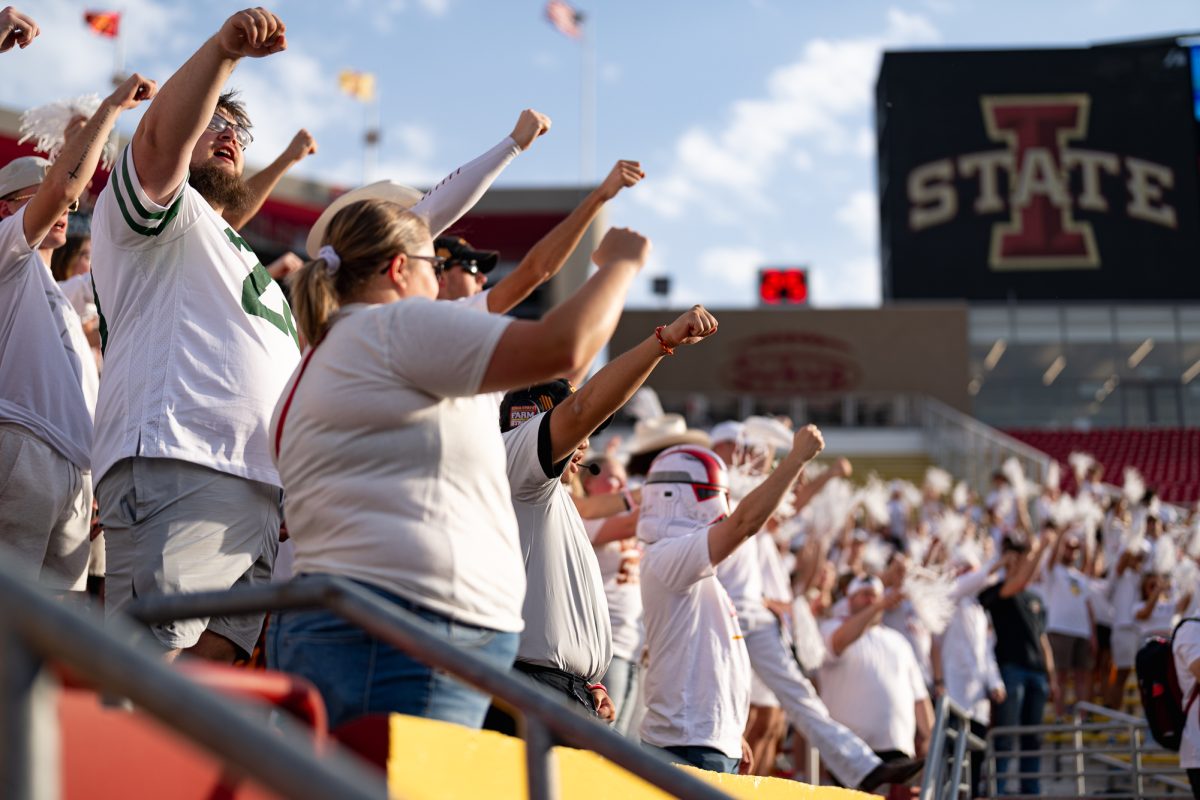Ethos rebuilds after tumultuous semester
March 1, 1999
Ethos magazine, created by Iowa State students, has undergone major changes after a disappointing semester.
After fall semester, when only two issues were published and Ethos’ three top editors resigned, rumors circulated about disbanding the more than 50-year-old magazine.
Now the structure of Ethos has been revamped, and students can apply working on the magazine toward credit hours.
The plan was approved by the Greenlee School of Journalism and Communication, and a new editor in chief, Dawn Kanoski, was appointed.
Angela Renkowski, editorial adviser of Ethos and temporary instructor of journalism and mass communication, said the magazine’s new structure will be an improvement. She said the magazine was not very structured last semester.
“There was not much commitment due to a lack of credit and pay for the students involved,” she said. “When push came to shove, Ethos lost out in their priorities.”
She said another reason for the failure to complete three issues was the expansion from 32 pages to 48.
Renkowski instructs Journalism and Mass Communication 490C, the independent study course that provides credits for students who work on Ethos.
The magazine’s editorial positions are unpaid, she said. At the beginning of the semester, if a student fulfills his or her contracts, he or she can earn up to three academic credits.
“The only compensation we can give people is academic credit,” she said. “Ninety percent of our funding comes from [the Government of the Student Body], and that is strictly for printing and fixed costs.”
The 13 students who currently are enrolled in the class are expected to apply principles taught in lectures to Ethos, she said.
Kanoski said she believes Ethos’ new structure is an excellent way to get students involved.
“It’s a good idea because it makes people follow through with their assignments,” said Kanoski, junior in journalism and mass communication. “It also gives them an incentive to work on Ethos.”
Even with the option of earning credit, Ethos still relies heavily on volunteers. About 35 students, including both the business and advertising managers, work for Ethos for the experience, not the class credit.
Despite the recent changes, the editorial content of Ethos still is controlled by the student editors. Renkowski said she only checks the work of students enrolled in her class.
“I won’t come in and rescue an issue just to get it out the door,” she said. “It’s all up to the students.”
The Ethos staff plans to publish two issues this semester, one after spring break and the second before finals week.
About 4,500 copies of each issue will be produced.






